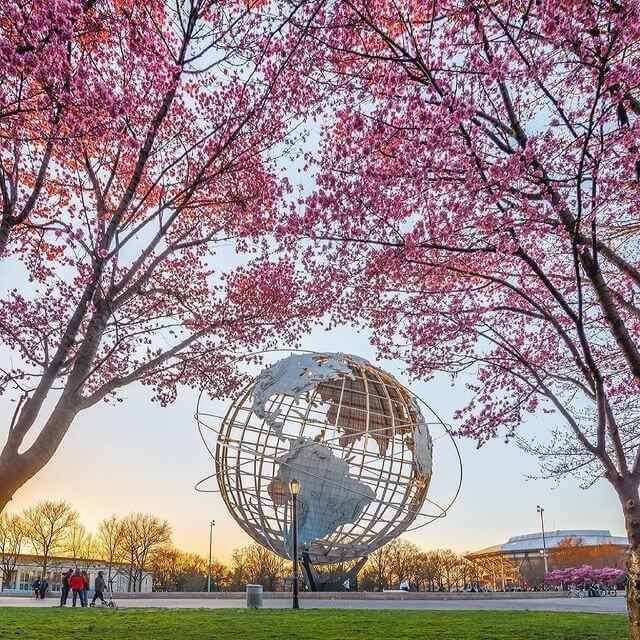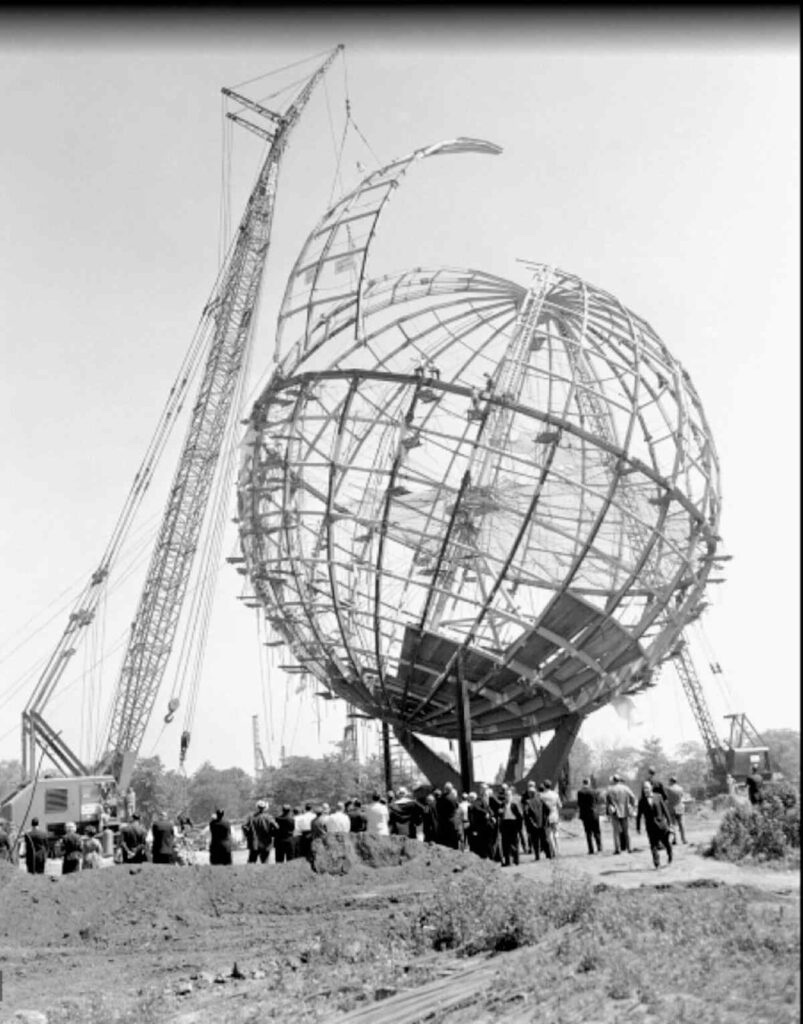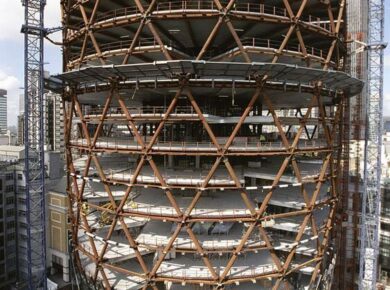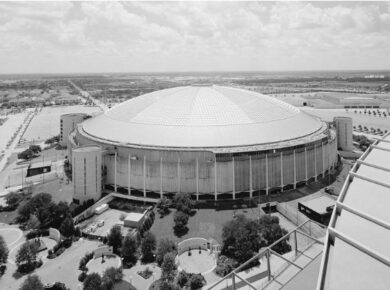Gilmore D. Clarke (d. 8 august 1982) was an American civil engineer and landscape architect who designed many parks and public spaces in and around New York City. In 1934 he became a consultant for the New York City Parks Department under parks commissioner Robert Moses. His works in the city include the Central Park Zoo, the Conservatory Garden, the expansion of Riverside Park, and many other public spaces.
Clarke and his firm Clarke & Rapuano were also deeply involved in the design of the 1964 New York World’s Fair, which were both held at Flushing Meadows-Corona Park. For the 1964 exhibition, Clarke designed the Unisphere, and his company designed many of the fountains and statues in the park, as well as the “Garden of Meditation” exhibit.
Unisphere

Photo: nyclovesnyc
The Unisphere is a spherical stainless steel representation of Earth in Flushing Meadows–Corona Park in New York City. Commissioned to celebrate the beginning of the space age, the Unisphere was conceived and constructed as the theme symbol of the World’s Fair. The theme of the World’s Fair was “Peace Through Understanding”, and the Unisphere represented the theme of global interdependence.

Photo: Beyond My Ken
The Unisphere measures 140 43 m high and 37 m in diameter. It sits atop a 6.1 m high tripod base with over 500 steel pieces representing the continents, as well as three steel rings representing the first artificial satellites orbiting Earth. The Unisphere was constructed by American Bridge Company, a division of U.S. Steel, from March to August 1963.

Photo: Khan.saqib01
Over 51 million people visited the Unisphere during the World’s Fair, after which it became a permanent attraction of Flushing Meadows–Corona Park. The New York Times, in 2014, said the Unisphere was the only relic of the 1964 World’s Fair that “was untarnished by time and enhanced by memory”.
About the Author:

Bruno Dursin – Managing Director at Believe in Steel. Bruno has more than 30 years of experience in promoting steel & steel solutions. His clients benefit from his extensive network within the building industry.



